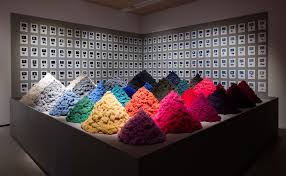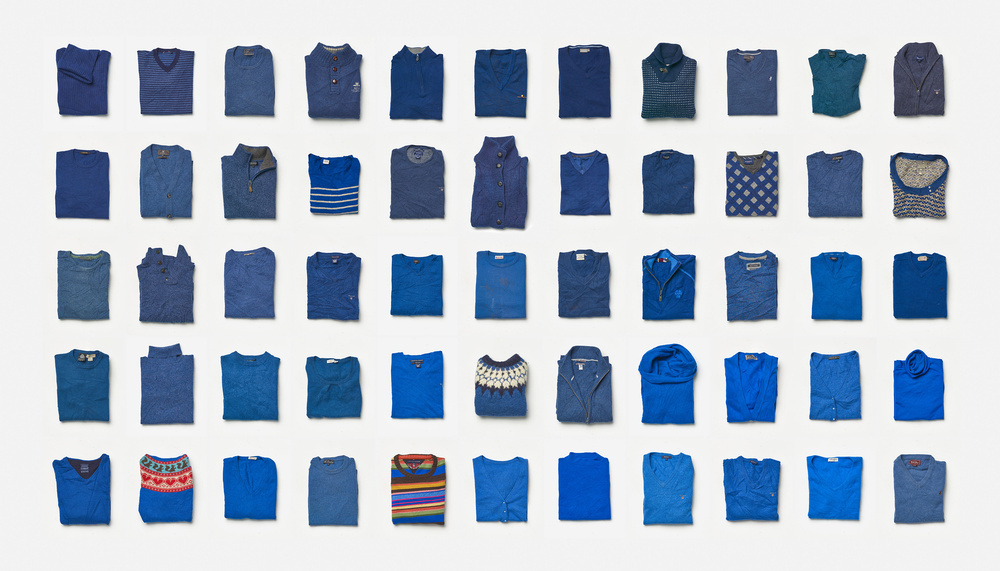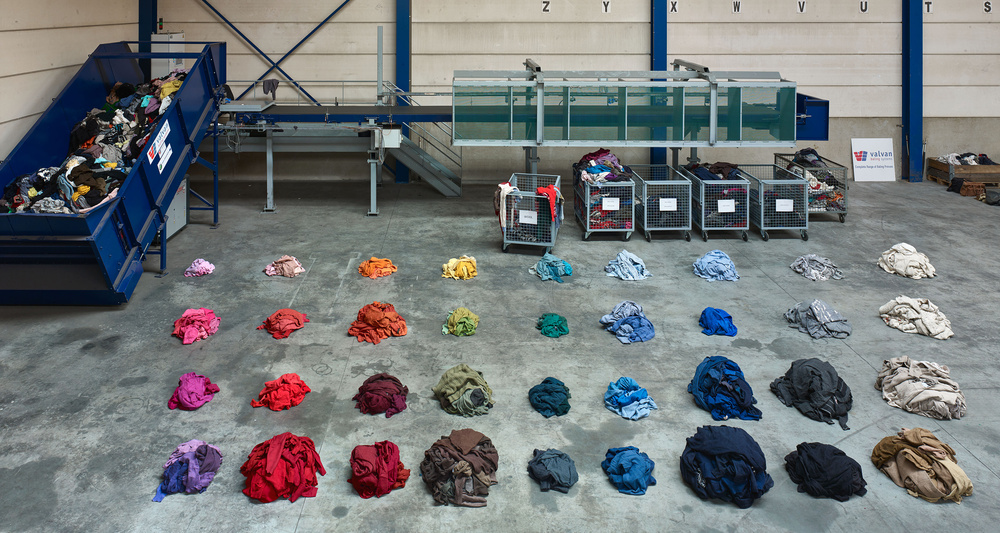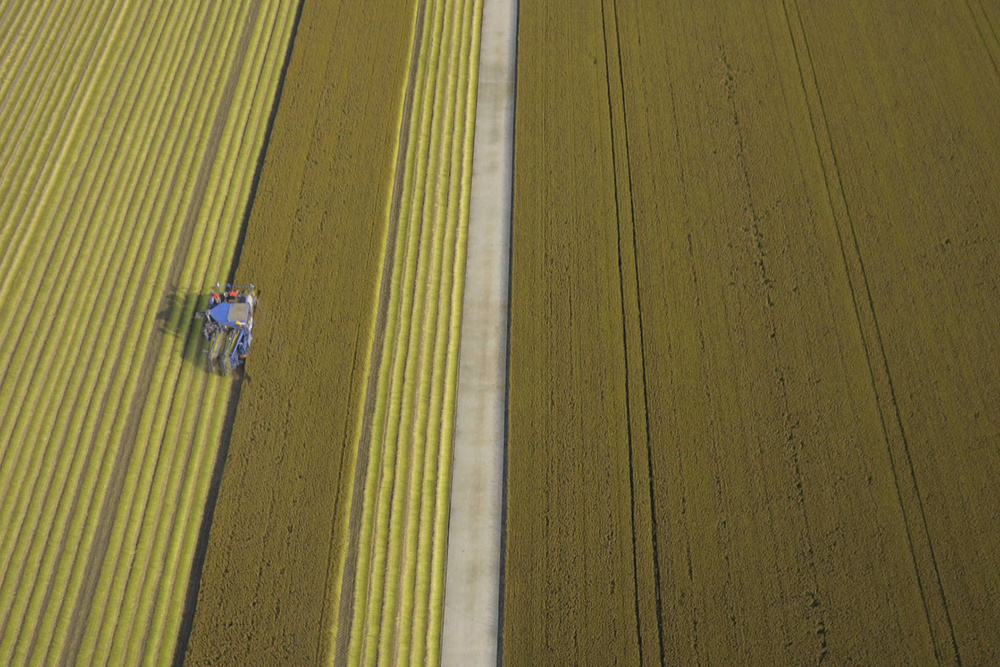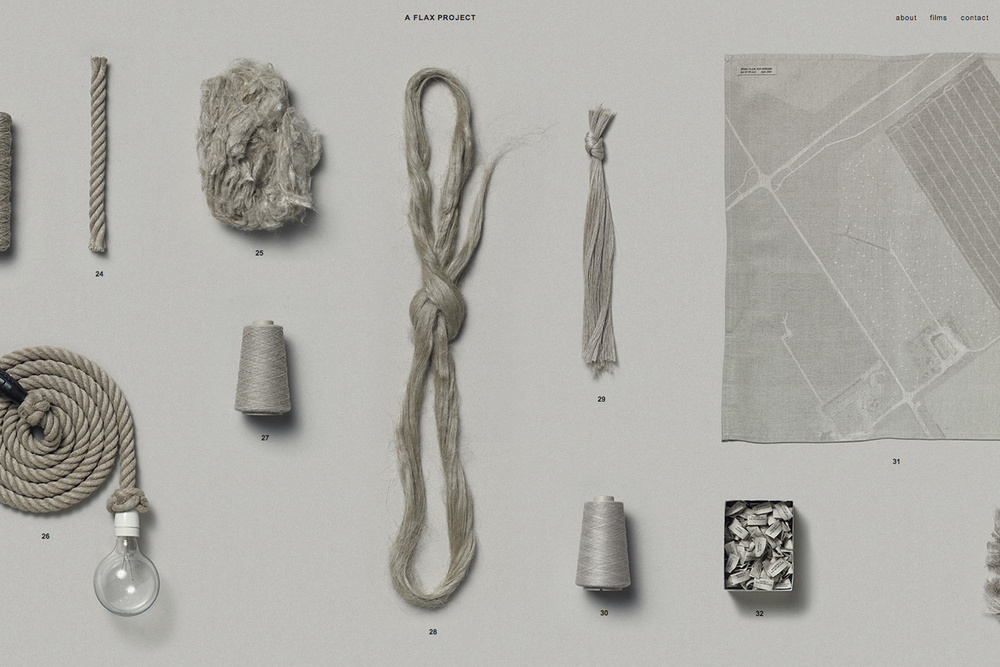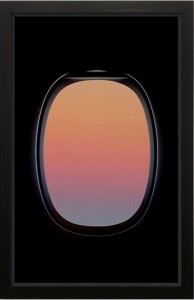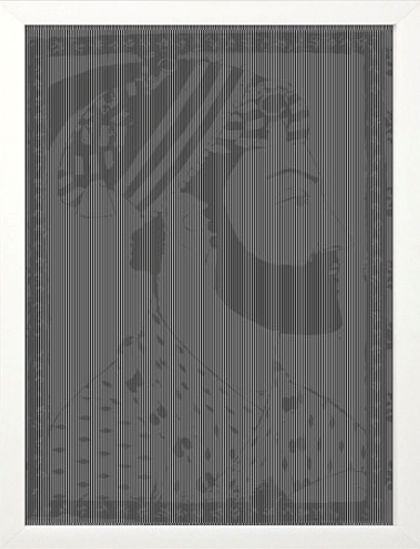Manus is a group of ten industrial robots designed to behave like a pack of animals. They share the same central brain whilst each robot moves independently. They have interconnected habits that spread through the community as people pass by instead of behaving in isolation.
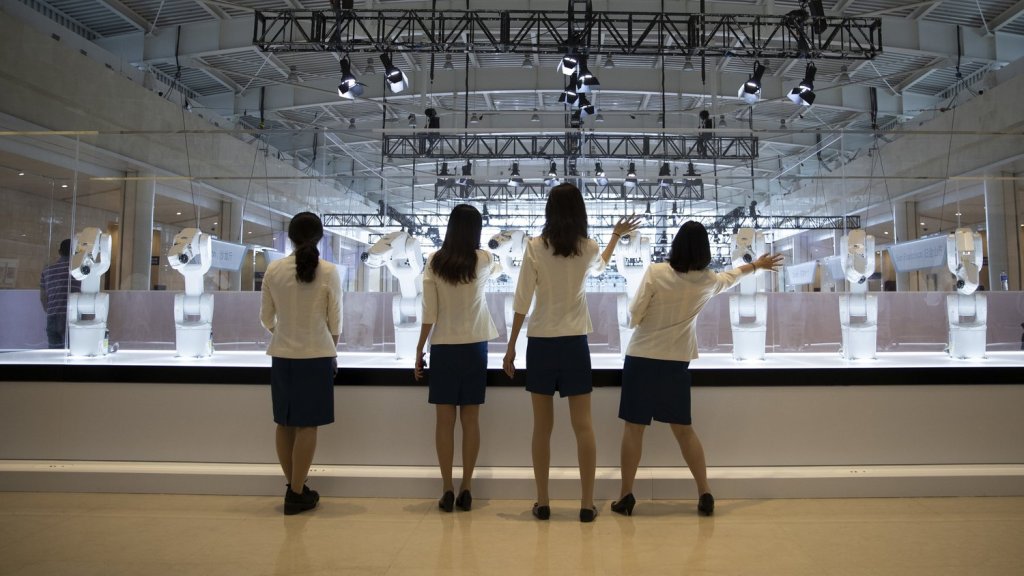
This is quite interesting project and innovative as well. Such projects really make us inquisitive that how people are creating outstanding projects.

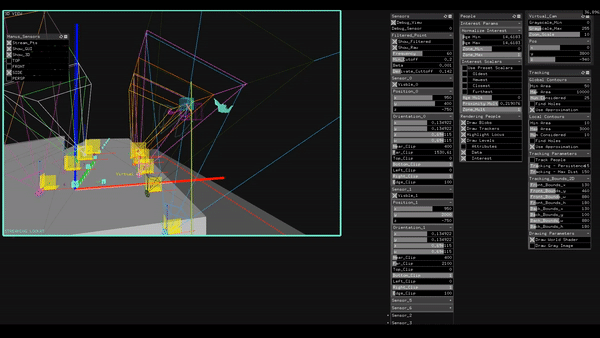
The robot control software uses vision system tracking information as the input for interaction. Each robot decides whether and how to engage with persons tracked, based on their spatial relationship to each other (the body language of the person). If an interested person is too far away, the robot may decide that they are not interested enough to look at them.
The physical design of Manus engages visitors passing between two main points of entry onto a mezzanine in a great hall. Manus’ ten robot arms sit in a row along a 9 meter illuminated base.
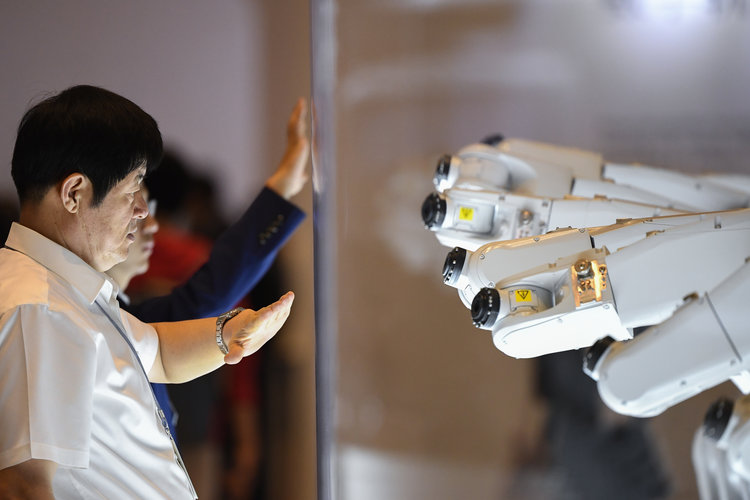
Venue photo of the World Economic Forum – Annual Meeting of the New Champions in Tianjin, People’s Republic of China 2018. Copyright by World Economic Forum / Valeriano Di Domenico 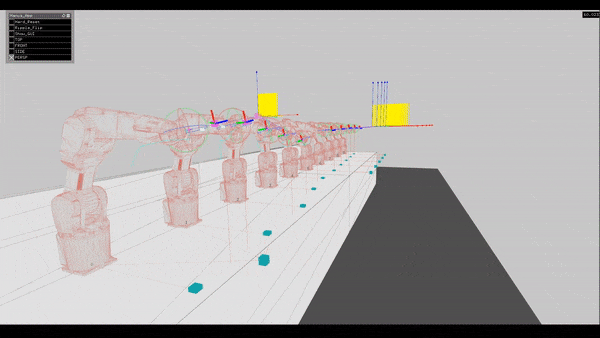
Room tone fashion show
The theme of the “Room Tone” show and collection presented Sept. 30, 2016, at Parish Fashion Week centers on “the here and now of London life,” consisting of a series of five studies that are simultaneous reactions and proposals on how certain attitudes or realities can be experienced or optimized.
After watching such kind of show, it really motivated me to learn more about the theme behind this show.
Fibre Market is a research project exploring the possibilities of the Fibre Sort machine that has recently been developed by Wieland Textiles and Valvan Baling Systems. The machine can scan and sort clothing based upon its material contents, making what was once an inefficient and difficult process – relying on touch and sight – efficient and swift. For the exhibition Fear and Love, 1000 woollen sweaters were scanned and sorted. Miendertsma then compared the scanners results to the information on the products labels, revealing frequent inaccuracies. After sorting, the sweaters were shredded into fibre, ready to become something new.
Flax Project
In 2012 Meindertsma purchased the entire flax harvest of plot Gz59-west in the Dutch Flevopolder of Gert-Jan van Dongen: 10,000 kilos of fibre. Her ambition was to produce a locally made collection from the crop. She started by spinning the fibre into the finest possible yarn to make table linen, and designed a collection of teatowels, napkins and a tablecloth. The topography of the flax fields is used for the design of a Damask woven pattern; photographing the fields from a small hot air balloon and turning the grid-like images of the Flevopolder region into a woven tea towel.
Sajjad ahmed
When one looks at a work of art, one ascribes meaning to it that stems from an experience of the world, as well as understanding of it.With a series of twelve digital prints on display, Ahmed continues his quest for the acknowledgement, if not understanding, of the many dichotomies of life. A graduate of Beaconhouse National University, his macro concern has always been the practice and understanding of form, for which he uses two-dimensional surfaces.
“The journey of exploration never ends………………….“


